Another 48hrs and there is complete separation. Now all I have to do is wait for my new propane hose to come in the mail and I can use the big jar on my next brew :rockin:
Beautiful! :rockin:

Another 48hrs and there is complete separation. Now all I have to do is wait for my new propane hose to come in the mail and I can use the big jar on my next brew :rockin:
 , but seriously, I'd like to do this to save the money but not be swimming in yeast jars.
, but seriously, I'd like to do this to save the money but not be swimming in yeast jars.I haven't done this yet, but I can't imagine that there's any reason at all you couldn't just fill the two jars that you want and then...stop. You'll then have 2 jars instead of 4, and you'll be tossing some more yeast than you would otherwise.
pabloj13 said:Beautiful! :rockin:
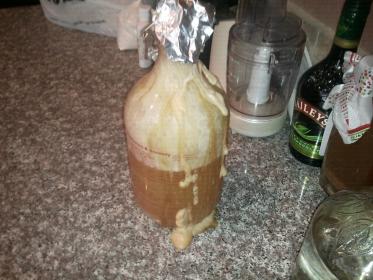

You should see the 1 quart starter it made....
You could definitely use 2 jars instead of 4, they'd just have to be larger jars.
Why do they need to be larger? Couldn't I use 1 large jar and 2 pint size jars instead of 1 large and 4 pint like the original post said to?
You could. But you need a large enough volume to really separate the trub and yeast. If you used the same large jar and only two pint jars, you would get half the yeast.
But he only wants half the yeast. He'll get the same amount of yeast in each jar as he would have if he filled four jars, and in this thread it's generally been agreed that the yeast collected in one pint jar is a good amount to use to pitch into a starter.
And he thinks he only brews often enough to use a couple of these saved yeast jars before they go bad. So he can just do the rinse in the carboy, the rinse in the big container, and then fill two jars and toss the rest.
Some people use them up to and even past a year (with a starter obviously). If doing that, why not use larger jars and get twice the yeast in each jar?
That's a good question. If I used 2 quart jars instead of the 2 pint jars, how much of a starter would I need?
That's a good question. If I used 2 quart jars instead of the 2 pint jars, how much of a starter would I need?
Like wolverinebrewer (awesome name) said, it depends on a number of factors. When you wash it, you'll be able to see roughly what percentage of your solids are healthy yeast (the creamy white layer) and then the age of the yeast will affect viability. Go to Mr. Malty, input how much solids, what percentage viable yeast and date that you harvested them and it will tell you how much you need to pitch. From that you'll know if you can just straight pitch, or if you need a starter. I think past a month or so, it seems like most people make starters anyway just for good measure.
What's the best way to determine how much solids I have, and where do I put that in Mr Malty? I'm using the Liquid Yeast tab, right?
Washing yeast for the first time right now. Probably should have waited for a different beer to try this. A double IPA with leaf hops in the fermenter and WLP007 yeast is probably not a prime candidate for yeast washingnevertheless I'm giving it a shot.
Add your boiled and cooled water to your fermenter and shake it up good so there are no chunks. Let it sit 45 minutes and all of the hops will settle. Use a sanitized auto siphon keeping the tip just under the surface and siphon just the top stuff. There is no excuse to get trub and crap into your jar even with an IPA
45 minutes would be way too long for WLP007. I've seen pictures on here where the yeast settles out before the trub did. This stuff drops like concrete. I let it sit for 10 minutes and poured into the big jar. Then I let that settle for 20 minutes and poured into the smaller jars. I still got some trub in there mixed in with they yeast but I don't think it will be a problem.
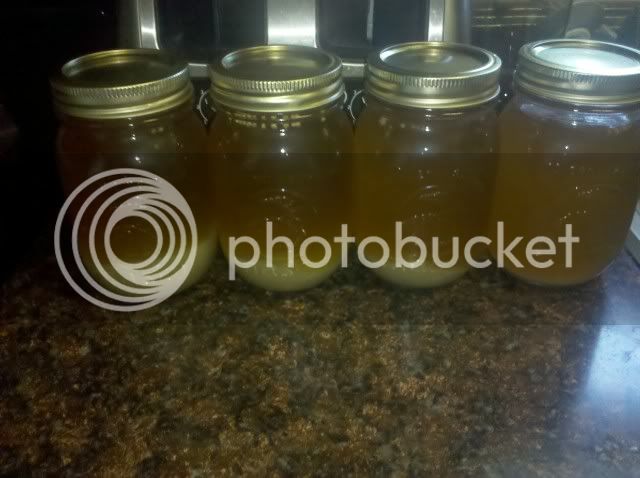
Baby food jars.
It's an extra step, but after the pint jars sit in the fridge for a couple of days or a week, I just decant most of the liquid and pour off into the sterilized baby food jars. TONS of space saved. Cheers y'all!
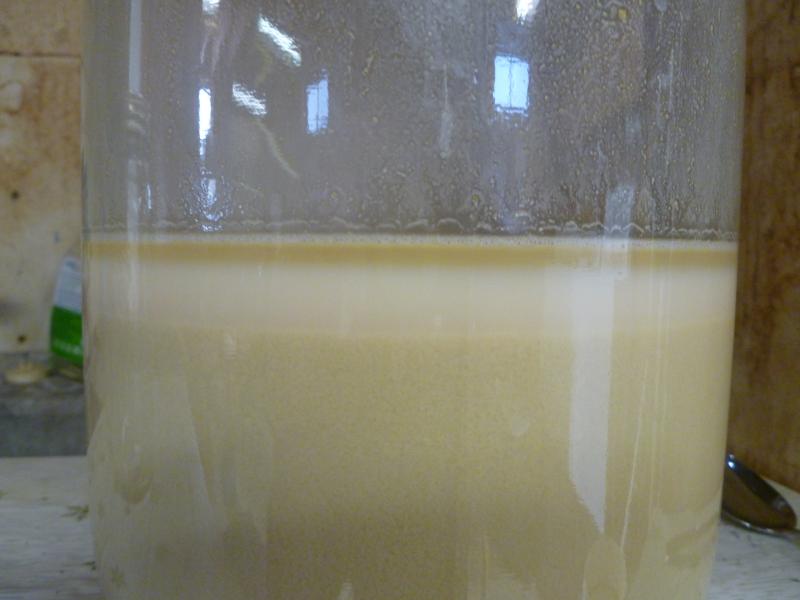
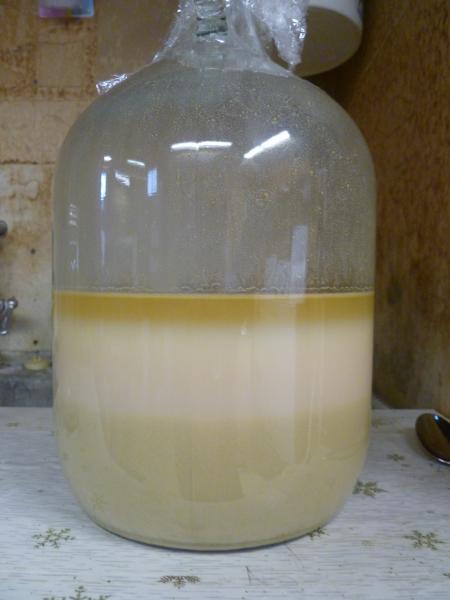

I washed yeast for the second time yesterday. First time was a dud and I decided to not re-use it. This time, I used Wyeast 1056 on an American Wheat and below are my results. The first picture is 30 minutes after pouring it into and shaking up my 1 gallon carboy, the second is after 60 minutes, and the last is after 24+ hours in the fridge. The 60 minute picture shows pretty clearly the desirable 3 distinct layers, but when I poured it out, a lot of it seemed to blend together. The one in the picture on the left was filled last and therefore I think a lot of the stuff on bottom is the trub. So, of the two, which one should I use for a starter? They both have a big bottom layer (about 14 and 6 fluid ounces) because these jars hold about 30 ounces but I'm worried that they have a lot of trub mixed in with the yeast in that bottom layer. Also, should I have just poured out the top two layers at the 30 min mark instead of waiting til 60 mins?
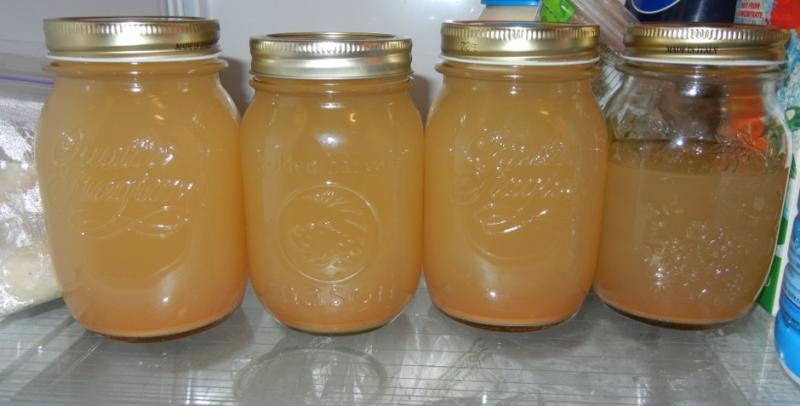
I forgot to cover my boiled water when cooling...should it be ok yet? My jars look beautiful with a nice white layer of yeast in the bottom. Will they be good yet, or do I throw the yeast away?
Enter your email address to join: